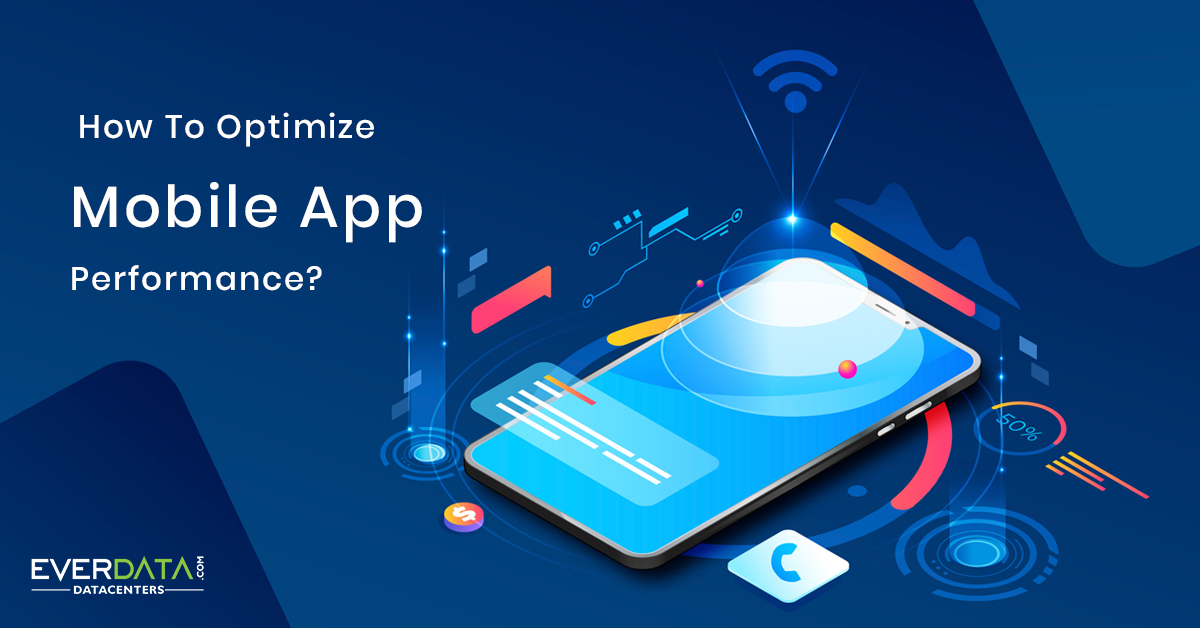
Submitted by admin on

Over two billion individuals around the world own a smartphone. Since the appearance of the cutting edge mobile gadgets and electronic devices, we have acquainted more with the interface of Android or iOS that has changed significantly in the past few years.
News, banking, gaming, education apps, etc. all have promptly accessed and made users understand the importance of mobile applications. Versatile applications are the foundation and applications in smartphones make the mobile phone worth using.
Comfort, utility, and assortment are the spine of every application to which the app market looks forward. Any organization that doesn't have an application delivered or is falling to quickly being developed, gets out of the app development competition.
This archive principally covers miniature enhancements that can improve by and large application execution when joined, yet it's impossible that these progressions will bring about sensational execution impacts in the application performance.
Picking the correct calculations and information structures should be your consistent needs; however, it should be within the scope. You should utilize the tips in this article, must rehearse them to increase code effectiveness, code efficiency, and app performance.
Why Focus on Mobile App Performance Optimization?
App optimization to increase performance is significant in light of the fact that as the world keeps on turning out to be more interconnected through the web, the more our day by day work depends on the viability of the PCs and smartphones we hold in our very pockets.
The comfort that smartphone technology can give in the cost of clients to collaborate with organizations by means of applications - and the other way around, obviously, makes ready for requiring better, effective application execution and performance.
Clear changes have been happening inside most app development companies with respect to clients' needs and application execution.
With more dependence on smartphones, the interest for app-accessibility basically looks at each business conceivable has pushed association toward growing better techniques for cooperating with their shoppers.
Slow and unresponsive applications for the most part lead to disappointments and negative audits that affect organizations' image. The client starts things out, and that implies addressing the requirements of improved application execution on each level.
The test for meeting these desires goes ahead two fronts: cost and potential. Any low-execution application issues can be fixed, however, organizations would prefer not to burn up all available resources for application advancement.
And still, at the end of the day, pouring an excessive amount of time and energy into tackling these issues may eventually bring about an application that seriously underdelivers on their latent capacity.
How to Improve Mobile App Performance?
It's an obvious fact that versatile applications have started taking up bigger portions of worldwide online traffic due to their ever-expanding ubiquity and increasing popularity. As they represent more extensive utilization, associations need to stay up with the interest in the app market.
It's likewise essential to take note of that, while it's important to fulfill the client's desires and needs for a better product, it's similarly indispensable to be aware of the current application metrics.
“Standard projections note that by 2020, mobile application income will create around 188.9 billion USD, fundamentally through application stores and in-game promoting.”
We don't have to reveal to you that if your application neglects to perform to your desires, you'll at last pass up an immense level of quality application experience.
We're here to help you with the most ideal experience for your shoppers. Keeping that in mind, we're giving you complete mobile application performance tips and tricks to follow in the app development lifecycle.
Tips to Improve Mobile App Performance
- Minimize the Application Size
- Optimize Networking
- Optimize Images for High Mobile App Performance
- Cache Data to Optimize for Offline Mode
- Memory Usage in Android
- How Fast does your App Launches?
- Minimize Device Wakeups affects Mobile App Performance
- Smooth Frame Rate
- Restoring User Data on New Devices
- Find Latency Killers
- Optimizing your iOS App for Multitasking
- Using a CDN to accelerate APIs
- Resize and compress images for reducing load time
- Cut the unwanted and not required features from the app
- Use data templates to load your app faster
- Create an offline mode for the app functionality
Conclusion
The main parts of your smartphone application to consider are reliability, scalability, functionality, and usability for the buyer/app user.
The mobile application performance should be quick, extensive, and must relate to the important data that is legitimately associated with the capacity of the application.
With how enormous the versatile application market has filled over the most recent couple of years, streamlining your organization's mobile apps will wind up giving huge income and fulfillment from your clients.
While the app market is immersed with alternatives for every need or want, you in any case can convey an important item, that is the reason we prescribe you to investigate further the mobile app development lifecycle.
The client's first involvement in your application is the main interesting point. Most clients, when stood up to with a moderate, unresponsive application, tend to uninstall without taking a minute.
Keep your initial introduction or the first impression of mobile application a compelling one, responsive, user-friendly, and customer experience-focused. With the appropriate administration of assets and features, a mobile application ends up being an important resource for your company or business.
Ensure you follow these prescribed tips to increase the mobile app performance while chipping away at your app development program. This can be a key to clear a path for client maintenance and improving applications.
If it appears we are missing something, then feel free to comment down below! Also, mention the feedback about the article!


Add new comment